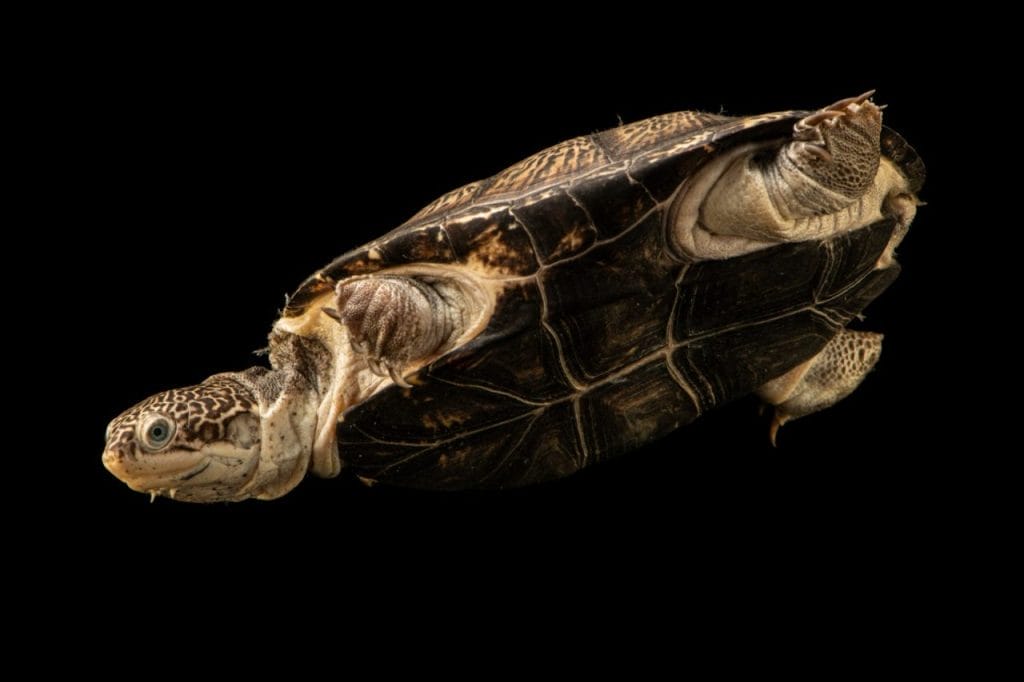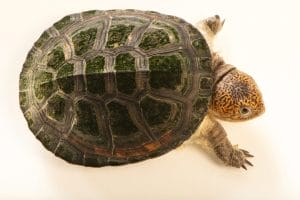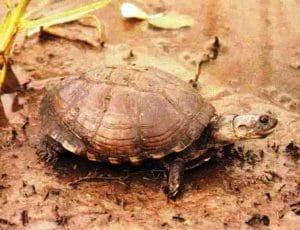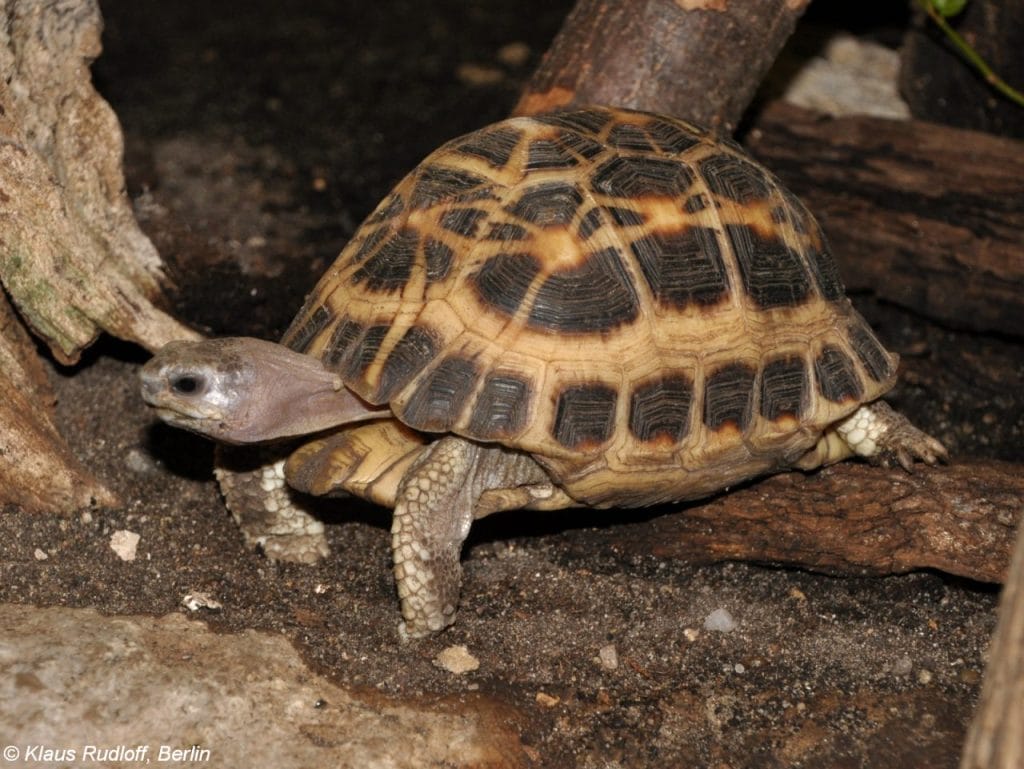Pelusios broadleyi (Turkana Mud Turtle)
Home > Turtle Database > Pelusios broadleyi (Turkana Mud Turtle)

Pelusios broadleyi, also known as the Turkana mud turtle, is a freshwater turtle native to East Africa. It lives mostly around Lake Turkana and is adapted to warm, muddy environments. This species is not well-known and has only been found in limited locations.
Native To These Regions
Turkana (Kenya)Native Turtle Species Map – Find Turtles by Region
Scientific Classification
Kingdom: Animalia
Phylum: Chordata
Class: Reptilia
Order: Testudines
Family: Pelomedusidae
Genus: Pelusios
Species: Pelusios broadleyi
Common Names
Turkana Mud Turtle
Broadley’s Mud Turtle
This Hilarious Turtle Book Might Know Your Pet Better Than You Do
Let’s be real—most turtle care guides feel like reading a textbook written by a sleep-deprived zookeeper.
This one’s not that.
Told from the snarky point of view of a grumpy, judgmental turtle, 21 Turtle Truths You’ll Never Read in a Care Guide is packed with sarcasm, sass, and surprisingly useful insights.
And hey—you don’t have to commit to the whole thing just yet.
Grab 2 free truths from the ebook and get a taste of what your turtle really thinks about your setup, your food choices, and that weird plastic palm tree.
It’s funny, it’s honest, and if you’ve ever owned a turtle who glares at you like you’re the problem—you’ll feel seen.
Identification
Description
The Turkana mud turtle has a domed, oval shell that is generally dark brown to black. Its plastron (bottom shell) is hinged, allowing it to close up for protection. The skin is grayish with some lighter areas on the head and limbs.
Sexual Dimorphism
Males tend to have longer, thicker tails and slightly smaller bodies compared to females. Females have shorter tails and broader shells.
Check more turtles from the Pelusios genus
Native Origin and Distribution
Geographical Range
This species is native to East Africa, specifically around Lake Turkana in northern Kenya. It may also be found in nearby parts of Ethiopia.
Preferred Habitat
It lives in warm, shallow freshwater bodies such as lakes, swamps, and slow-moving rivers. It prefers muddy bottoms and areas with aquatic vegetation where it can hide and forage.
Behavior
Feeding Habits
Pelusios broadleyi is an omnivore. It eats insects, small fish, aquatic plants, and carrion. It forages in water and sometimes on the muddy shorelines.
Predators
Its predators likely include birds, large fish, and crocodiles. Eggs and hatchlings are more vulnerable and may be eaten by mammals or snakes.
Reproduction
Breeding Season
The breeding season is not well-documented, but it likely happens during or after the rainy season when water levels rise.
Reproductive Method
It lays eggs in nests dug into sandy or muddy soil near the water. The female may lay multiple eggs per clutch, and the hatchlings emerge weeks or months later depending on the temperature.
Conservation
Extinction Status
Currently listed as Vulnerable.
Threats
Its limited range makes it vulnerable. Habitat loss, pollution, and water extraction from Lake Turkana could harm its population.
Conservation Measures
No specific measures are currently in place for this species. General freshwater conservation efforts in the region may offer some protection.
Economic Importance
This turtle has little direct economic importance. It is not commonly kept as a pet or harvested for meat. Its presence in local ecosystems may help control pests and support biodiversity.
Interesting Facts
Pelusios broadleyi is named after the herpetologist Donald G. Broadley.
It is one of the few species found only in the Lake Turkana basin.
Its hinged plastron is a unique defense feature found in few turtle groups.

About Author
Muntaseer Rahman started keeping pet turtles back in 2013. He also owns the largest Turtle & Tortoise Facebook community in Bangladesh. These days he is mostly active on Facebook.














